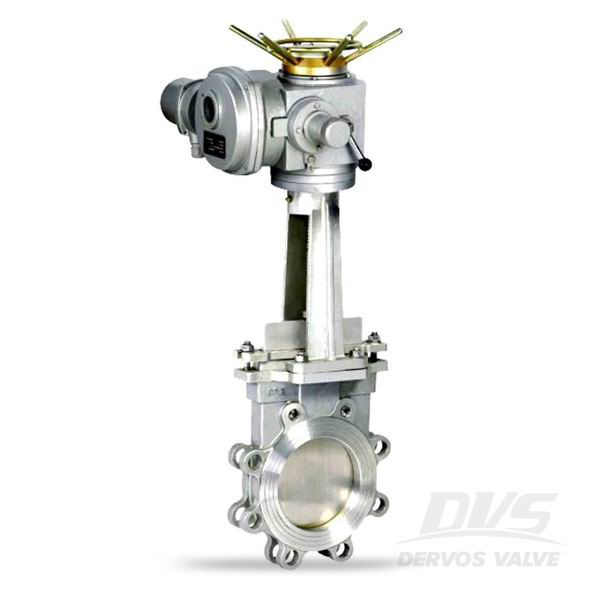Payment:
30% T/T When Order, 70% T/T Before ShipmentProduct Origin:
ChinaColor:
CustomizationShipping Port:
Shanghai ChinaLead Time:
35~60 days Ex Works After Order ConfirmationMaterial:
Stainless Steel Gate ValveMethod of Operation:
Electric Gate Valve
Quick Detail
|
Type |
Knife Gate Valve |
|
Size |
6'' |
|
Design Pressure |
ANSI 150 |
|
Construction |
Knife Type Gate Valve |
|
ConnectionType |
Lug Type |
|
OperationType |
Electric Actuator |
|
Body Material |
ASTM A351 CF8 |
|
TrimMaterial |
SS304 |
|
Design Code |
MSS SP81 |
|
Medium |
Water, Oil and Gas |
|
Origin |
China |
Related Knowledge
What are knife gate valves used for?
Knife gate valves are originally designed for paper industry. The knife gate valve is especially applicable for heavy liquids with solid particulates, like slurry liquid, that are most corrosive, erosive and abrasive.
Compared to wedge gate valve, the knife gate valve has a shorter end to end dimension and lighter weight. Plus, the knife valve has a more sharpened disc to cut through slurry and viscous medium. Both wedge gate valve and knife gate valve can only be used for on-off function not for regulating the flow.

Dervos is always responsible for their products. We will provide 18 months warranty to let our customers without concern.
If you are interested in our products and want to know more details,please leave a message here,we will reply you as soon as we can.